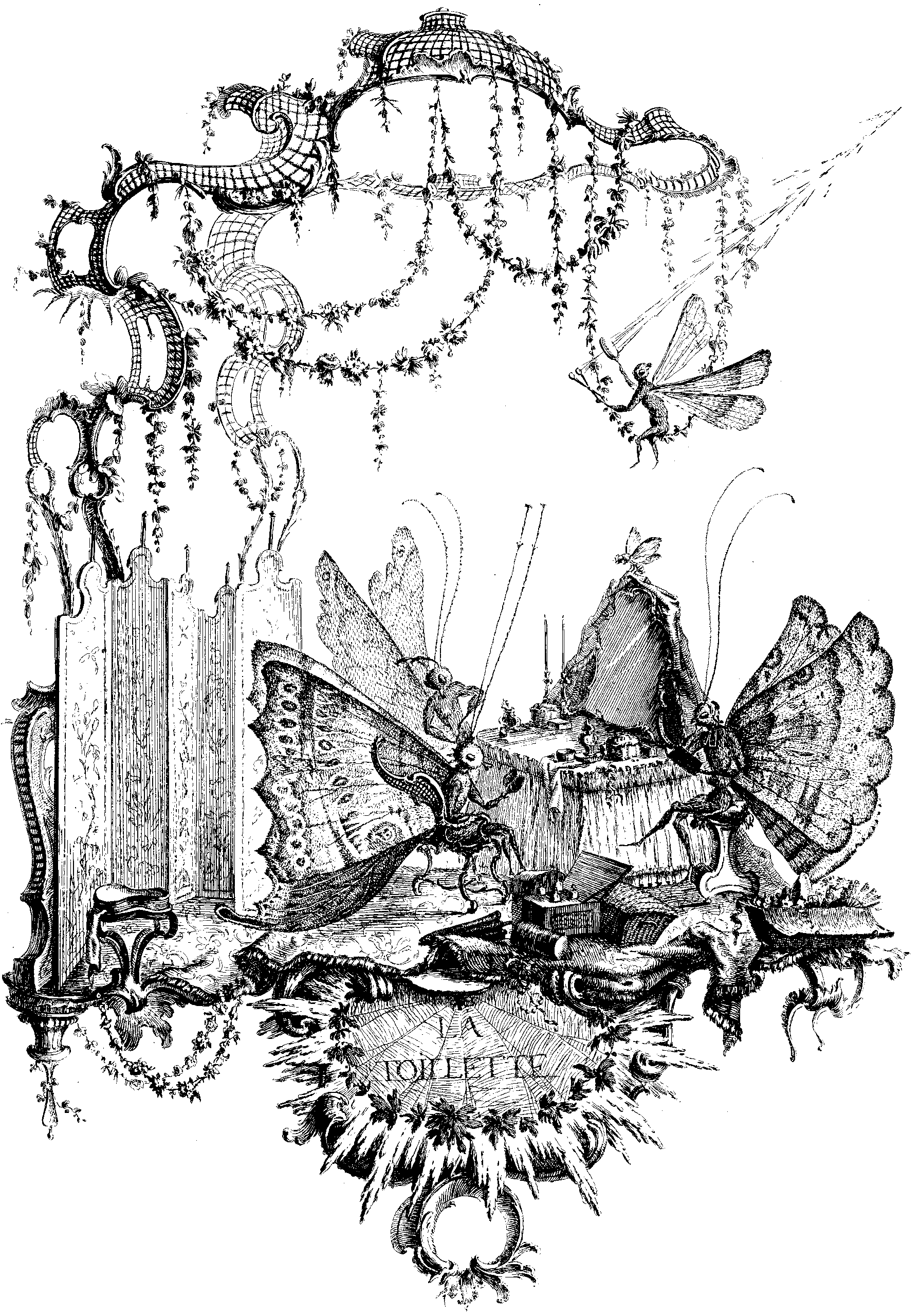Niche construction
July 26, 2011 — June 13, 2024
cooperation
economics
evolution
game theory
incentive mechanisms
Suspiciously similar content
(niːʃ kənˈstrʌkʃ(ə)n): The evolutionary biologist’s word for the idea that organisms might change their environment, and thus the selection pressures upon them. Classic examples:
- earthworms, that create the type of soil that fosters more earthworms.
- humans, who move into a biome and bulldoze it.
Niche construction is interesting because it implies that there are some non-trivial consequences to selection acting upon the phenotype, as opposed to the genotype, as genetic programmers might intuit.
🏗
1 References
Constant, Ramstead, Veissière, et al. 2018. “A Variational Approach to Niche Construction.” Journal of The Royal Society Interface.
Laland, and O’Brien. 2011. “Cultural Niche Construction: An Introduction.” Biological Theory.
Laland, Odling-Smee, and Feldman. 2000. “Niche Construction, Biological Evolution, and Cultural Change.” Behavioral and Brain Sciences.
Laland, Odling-Smee, and Gilbert. 2008. “EvoDevo and Niche Construction: Building Bridges.” Journal of Experimental Zoology Part B: Molecular and Developmental Evolution.
Magnani. 2008. “Chances, Affordances, Niche Construction.” In Knowledge-Based Intelligent Information and Engineering Systems.
Marchesini. 2022. “Niche Construction.” In The Creative Animal: How Every Animal Builds Its Own Existence.
McCormack. 2010. “Enhancing Creativity with Niche Construciton.” In.
McCormack, and Bown. 2009. “Life’s What You Make: Niche Construction and Evolutionary Art.” In Applications of Evolutionary Computing.
Ryan, Powers, and Watson. 2016. “Social Niche Construction and Evolutionary Transitions in Individuality.” Biology & Philosophy.
Torday. 2016. “The Cell as the First Niche Construction.” Biology.
